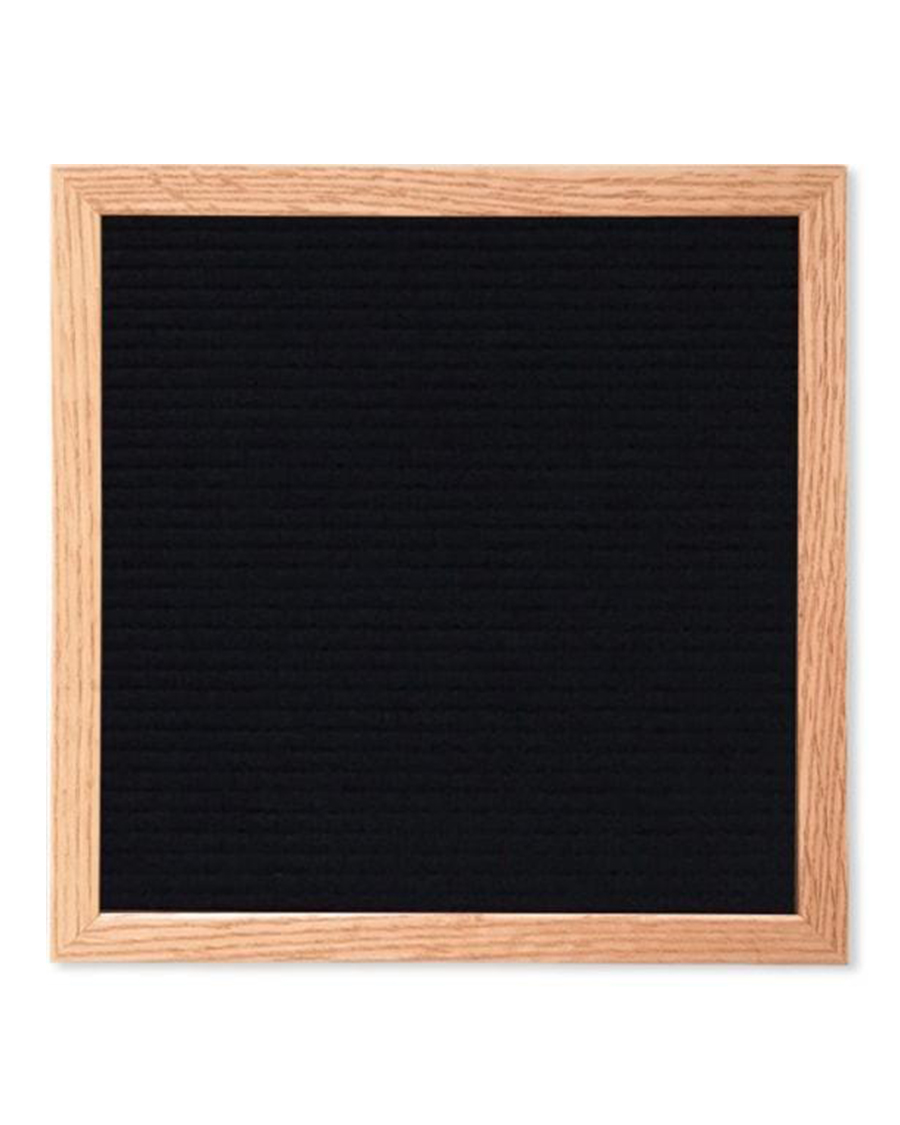
These communication aids can be as simple as a yes/no board or a laminated piece of paper with the alphabet or pictures. Analog Communication Aid Īnalog or low-tech communication devices are common among children with autism spectrum disorder who are non-verbal. Other high-tech AAC works as a grid of buttons that can be utilized by gazing or controlled by a mouse that has pre-recorded messages installed to supplement spoken word. Such applications are available on smartphones, tablets, and computers.
#LETTER BOARD SOFTWARE#
AAC and SGD software allow different forms of synthesized and digitized speech to be used through voice or message banking. Speech generating devices (SGD) are among the most popular variation of high-tech communication devices. With the rise of technology, more applications are being produced to assist individuals in need of AAC. Sign language is the primary example of unaided AAC.Īided forms of augmented communication require some external tools or aid in order to communicate, either analog or digital.ĭigital or high-tech communication devices come in a variety of forms. These are non-technological forms of expression, such as facial expressions, body language, and facial gestures. When a person uses unaided AAC they are relying solely on their body to communicate. This form of AAC requires fine motor skills. Unaided forms of augmented communication do not require any external tools or aid to communicate. These forms of communication can also be analog or digital.

Individuals with speech and language impairments or non-verbal communicators may use communication boards depending on their degree of gross motor skills.Īugmentative and alternative communication (AAC) aids are utilized by individuals who experience congenital disabilities, such as autism spectrum disorder, cerebral palsy, developmental disabilities, intellectual disabilities, developmental apraxia of speech and genetic disorders, and acquired disabilities, including amyotrophic lateral sclerosis, cerebrovascular disease, glossectomy, laryngectomy, primary progressive aphasia, supranuclear palsy, and traumatic brain injuries.ĪAC can be divided into different categories, but are most commonly categorized as unaided or aided. These boards are multimodal and may be digital or analog. Communication boards can be as basic as letters of the alphabet or contain extensive options of words, phrases, pictures, and symbols of common items or actions.

Main article: Augmentative and alternative communicationĪ letter board, or communication board, refers to a device used to supplement verbal communication.


 0 kommentar(er)
0 kommentar(er)
